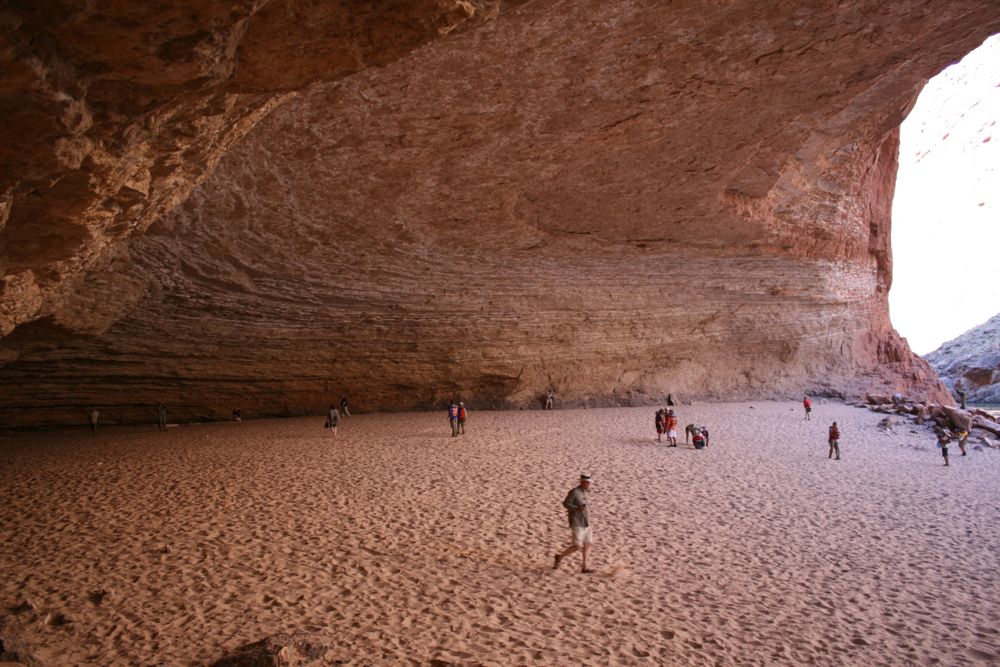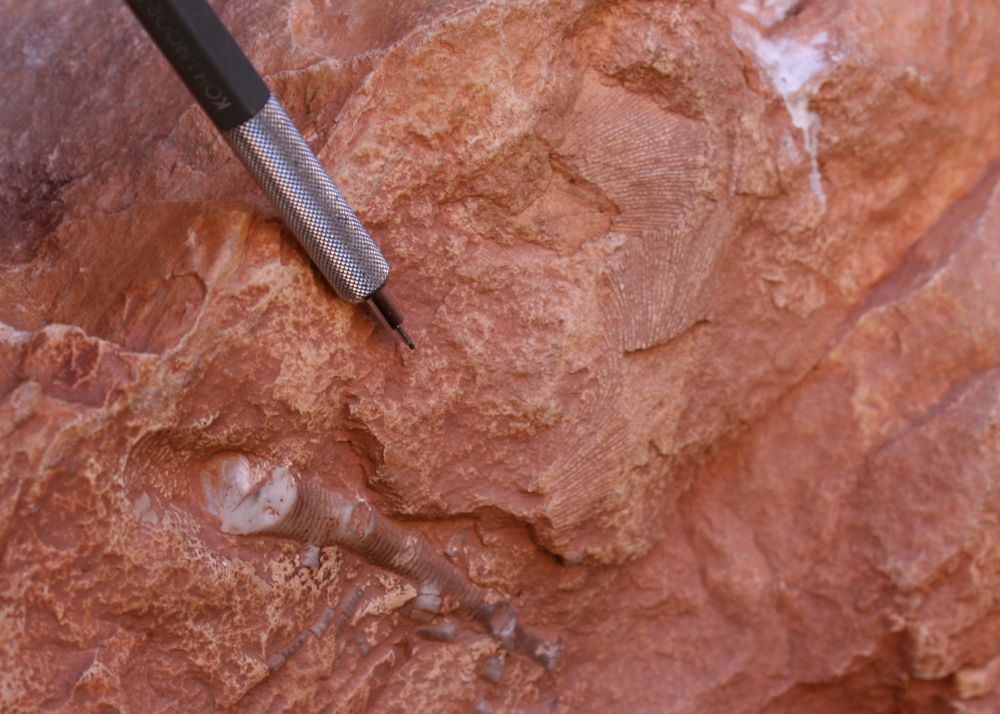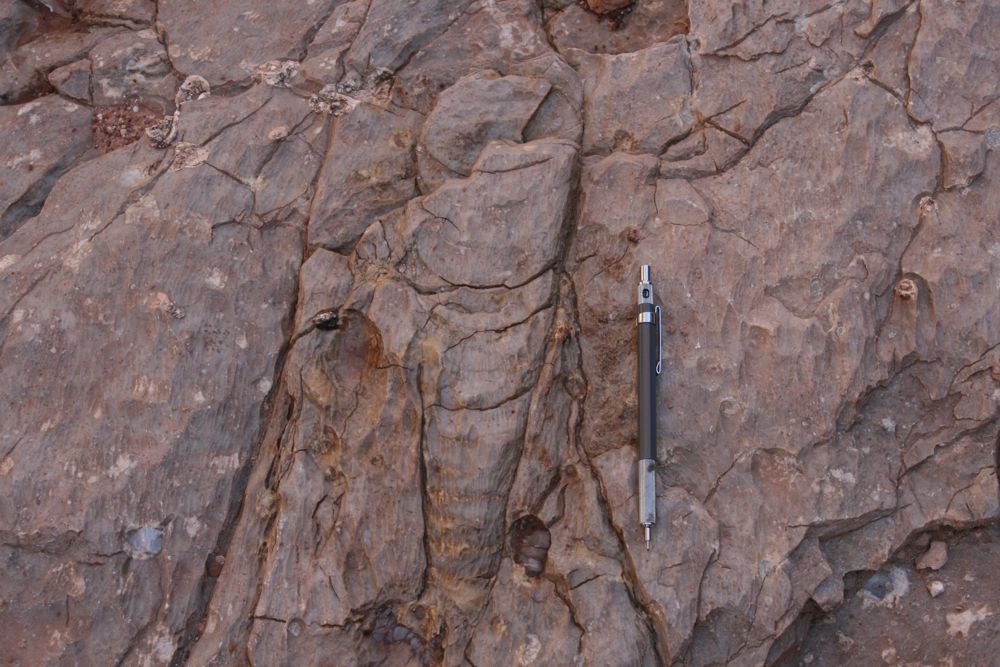At the Creation Museum in Kentucky, a miniature diorama shows the last few people on Earth clinging to a craggy spit of rock as Noah’s Ark bobs mockingly in the distance. As if the situation of these last few sinners (soon to be swimmers) was not bad enough, there are tigers on the rocks attacking people. One can only imagine the anguished laments of these unfortunates, who if they kept their iPhones dry might have tweeted: “Really, dude? Were the tigers really necessary? #drowning.”
If this conception of Noah’s Flood seems a bit cruel, that’s the whole point. The creationist interpretation of a literal worldwide deluge is cruel, replete with extravagant suffering, copious death, and billions upon billions of decaying corpses. Rev. Michael Dowd notes the cruelty of the Flood in his book Thank God for Evolution:
Genesis 6 and 7 tell of God planning and executing the slaughter by painful asphyxiation (drowning) of billions of innocent animals and millions of children and their parents in Noah’s flood.
Among those billions of innocent animals were freshwater and marine creatures, as Noah presumably did not put fish tanks on the Ark. Although not as well-discussed in creationist literature, many creationists posit that these aquatic organisms were not spared the wrath of the Flood and also died in mass numbers. So where is the fossil evidence of this die-off? Where are the bodies of the world’s bounty of water-dwelling life, so suddenly and profligately snuffed out that they might have been extras in a Tarantino film? Creationists look to the Redwall Limestone in Grand Canyon and proclaim that within its buff rocks, we can find conclusive evidence of this mass annihilation.

Indeed, as you follow the Redwall Limestone through the Grand Canyon, you’ll see a fair number of fossils. Redwall Cavern, for example, has evidence of ancient marine life, such as these delicate crinoid and bryozoan fossils:

Just down river from the vast recess of Redwall Cavern is Nautiloid Canyon, and just beyond that, the Redwall Limestone extends out into terra cotta-colored flat areas on either side of the Colorado River. If you look carefully, the rocks in this area contain numerous fossils of a most striking animal, the orthocone nautiloid.

Here’s how these animals might have looked in life, as seen in a Smithsonian diorama:

This mollusk was related to the modern nautilus, though as the name suggests—“ortho” meaning straight—their shells were elongated rather than coiled, the ends of the shell tapering to a point. As you walk among them, some shells point this way, others that way, but there are so few that a statistically meaningful description of their directions would be difficult. But creationists are interested in orthocone nautiloids because, they claim, their tapered ends would have caused them to align in the same direction within a flow of water. A flow of water from where, you ask? The waters of Noah’s Flood, of course!
Steve Austin writes in Grand Canyon: Monument to Catastrophe:
These [fossils] from Nautiloid Canyon do not appear to have fallen to the bottom with random orientations of their cigar-shaped shells; instead, the long axes of numerous shells appear to be aligned in a dominant direction, suggesting that a strong current was in force as they were embedded in fine-grained lime mud.
A strong current? Surely Noah’s Flood, or perhaps the movement of waters post-Flood, could provide such a momentous sloshing, as well as fast sedimentation to bury the shells and preserve them as fossils. Austin goes further:
I believe the [nautiloid] bed was formed by an underwater mud flow… The water was full of mud, what we call a slurry, and so was much denser than the surrounding water. The slurry rushed down the steep slopes of the underwater mountains, gathering speed like an avalanche. And it careered across the ocean floor as fast as a semi on the freeway….As the avalanche swept past it trapped the nautiloids and carried them along.
As for the nautiloid shells carried along by this:
They were deposited quickly, frozen in time. One in every seven is standing vertical in the bed. The others tend to point the same way indicating the direction of the slurry flow.
Well, there are a few problems with this. Slurry deposits tend to be pretty poorly-sorted, with lots of big rocks and boulders mixed with little ones; the Redwall Limestone doesn’t look like that at all. In fact, delicate fossils like crinoids and bryozoans (as seen above) would have been annihilated in such a violent process. It is also easy to imagine a slurry moving “as fast as a semi on the freeway” being a roiling, chaotic mix so turbulent that rather than being neatly aligned, fossils entrained in it to be scattered every which way. We would also expect such fossils to be broken up and fractured, when in fact we find the orthocone nautiloid shells mostly intact.
Creationists imagine this mass kill nautiloid layer spreading across several states, containing, as one creationist website put it, “tens of millions of fossils with an average of one nautiloid per four square meters.” (When pondering how they know the same density of fossils exists in broad expanses of buried rocks that no one has ever seen, one is tempted to ask, Were you there?) The problem is that there are not that many fossils exposed in Grand Canyon. Yeah, you can find a few dozen examples of nautiloids—but not hundreds, certainly not millions. In fact, in Grand Canyon: Monument to Catastrophe, Austin supports his ideas by reporting on the orientations of just twelve nautiloid fossils.
And from the orientation of these scant dozen individuals over a few square meters of exposed rock, Austin extrapolates the flow dynamics over entire states and infers the existence of millions of identical fossils—evidence of a worldwide mass kill stretching from Grand Canyon to Las Vegas. These claims are, to say the least, a bit of a stretch.
A much simpler explanation is that the nautiloids lived, died, and settled to the ocean floor naturally, where typically mild, deep-ocean currents aligned their shells. We find this kind of pattern in innumerable fossil outcrops in uncountable locations around the world. There’s nothing in these fossil locales that require extraordinary processes, and nothing that suggests a mass kill. The evidence just isn’t there. And as Carl Sagan so frequently said, if you’re making extraordinary claims, you better have extraordinary evidence.
Another problem for the nautiloids as evidence for Flood-induced extinction is this question: Where are all the other fossils? Where are the rabbits, the dinosaurs, the wicked humans? Or the tigers that added insult to their last moments on Earth? The worldwide Flood, as described in the Bible, killed all land animals except those on Noah’s Ark. That would have left a lot of bodies behind, some of which should have been buried and fossilized, trapped in layers of rock along with all the aquatic organisms—but that’s not what we see in the fossil record.
Some creationists have gone to elaborate lengths to conjure a “hydrologic sorting” mechanism that might have separated out different species by density, allowing them to settle in discrete layers. There are a lot of problems with “hydrologic sorting,” but even if such a process were true, would there never be an exception? Never did one rabbit get mixed up with all those nautiloids? Never even once? Few processes in nature are so neat and tidy as that.
A far more parsimonious explanation is that the fossils of Grand Canyon record normal processes; the different fossils found in different layers record evolution over long periods of time. Why no rabbits mixed in with the nautiloids? Easy. Rabbits didn’t exist when the nautiloids lived and the rocks deposited—no Flood, hydrologic sorting, or gigantic sediment slurry required.
Every year a number of creationist rafting trips go through Grand Canyon and stop at these nautiloid outcrops, asserting they constitute conclusive proof for mass kills caused by Noah’s Flood. As with so much else in what creationists say about Grand Canyon, the evidence in the rocks simply does not support their claim.
